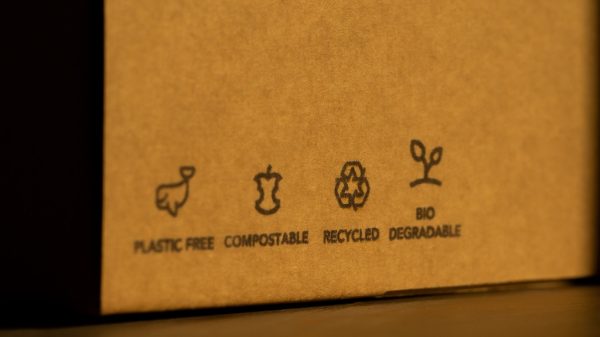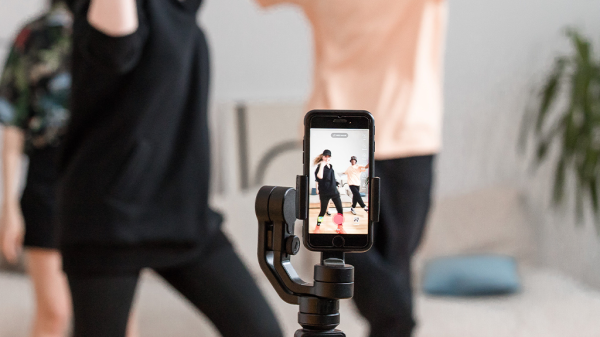A quick timeline
The year was 2005. I had just graduated college and was still using my “.edu” email address, so I was on Facebook. I was there with just a few college friends, because you couldn’t get an account without a college email address and we mostly posted drunk pics and inside jokes. I had signed up for LinkedIn and mostly abandoned it, having not much more than a college degree and few jobs that I hated.
Social media wasn’t called “social media” yet.
It was pretty quiet, and we all still relied on email to communicate, and texting was kind of taking off. By the time Gmail had rolled around, I had used a Hotmail or AOL email for over a decade, and most of us online were considered early adopters.
![]()
The turning point was the launch of Twitter at SXSW Interactive in 2006. For the first time, the web was social. Sure, there had been chat rooms and usenet groups, IRC and AIM, but on Twitter, you were expected to use your real name, mention your company in your bio, and use a real profile picture. The pivot away from anonymity and into business uses was born and became “social media” as we consider it today.
How we acted on Twitter, day one
Many people that have been on social media since before the phrase existed suffer. They’re crippled by the earliest notions of social media. At first, as we were all fumbling around with new tools and collaboratively dictating the culture of the mediums, it was somewhat Utopian.
Let’s take Twitter for example. So few people were using the service at first, that it was mostly people in tech circles, so you probably knew everyone in your city that was online with you, and “did you see what I tweeted today?” was a common question at mixers, and you were expected to say yes (because it was true, you did read everything they tweeted that day).
Selling was frowned upon, as we were all trying to connect on a human, non-anonymous level. Sure, we all found ways to work together – journalists interviewed tech founders, startup folks swapped ideas and hired each other, and even tech savvy Realtors were present in case you needed to move. But none of them directly sold, lest they be shunned. We were all just present, and you were expected to read someone’s bio before following and have a reason for connecting.
Fast forward to today, and some are frozen in time
Fast forward to today, and social media is just one of the common tools in a marketer’s toolbox. It’s elementary. It’s basic. Any dummy can sign up for Twitter, use some basic analytics, and convert.
But some early adopters are stuck in the Utopia. They cynically roll their eyes at anyone trying to sell, and they’re still just sitting there, present. They don’t share links, they don’t promote themselves or their companies, they simply exist. They’re subconsciously scared that one of their early adopter peers will call them “fake” if they market, or unfollow them if they attempt to yield their influence.
The early adopter culture still exists, but it has evolved, therefore, many of our early adopter peers are stuck. They’re crippled.
They want that Utopia, but it’s dead, and they don’t know how to move on without feeling like sell outs.
So for those that are stuck, I release you. You’re now free of the restraints of 2007 Twitter. You may now promote whatever you like, so long as it is within today’s social media cultural norms. On Snapchat, be silly with your marketing. On Twitter, be concise, share links, and ask people to take action. On Instagram, focus on converting with beautiful images and a strong call to action.
Fellow early adopter, I release you. You are a free elf.
#EarlyAdopters
Lani is the COO and News Director at The American Genius, has co-authored a book, co-founded BASHH, Austin Digital Jobs, Remote Digital Jobs, and is a seasoned business writer and editorialist with a penchant for the irreverent.












































Chris Lengquist
November 24, 2015 at 10:05 am
We all have to grow up and leave “The Beach” sooner or later. I still believe that social selling is more of an art than a science. We real estate agents have learned decades ago that building a relationship leads to sales. It requires buy-in, patience, some social faux-pas now and again, etc. But it’s worth it. On top of that you can layer a more aggressive type of sales (call fsbo’s, expireds, etc) but it will still come down to building a relationship worth sticking around long enough to see completion.
That same art has to carry over to social media. If you just become a living “sponsored” advertisement there will be no reason to follow.